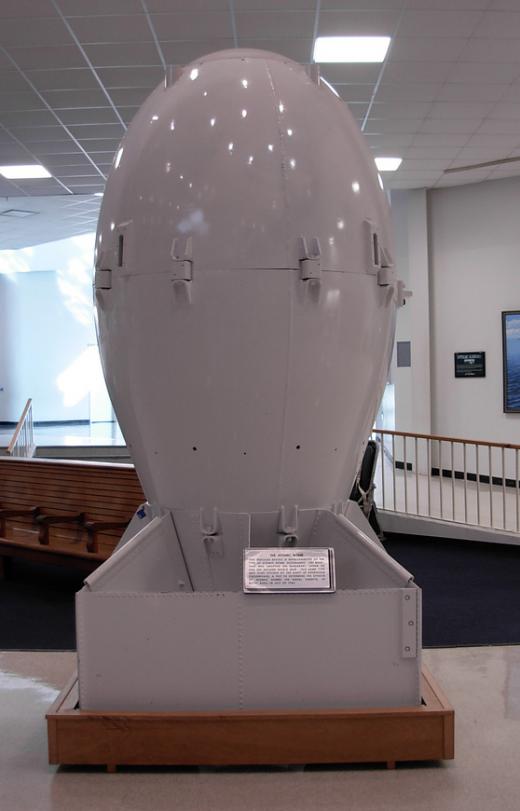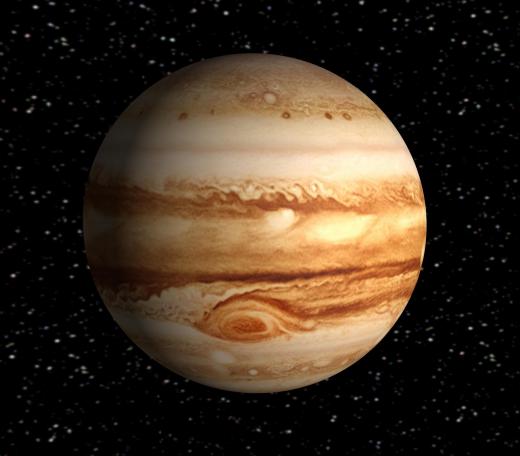What are Some Extremely High Temperatures?
 Michael Anissimov
Michael Anissimov
On Earth, we are fortunate only to experience temperatures near the lower end of what's possible. Temperatures on Earth range from 184 K (-89 °C, -128.6 °F) to 331 K (58 °C, 136.4 °F), with a mean surface temperature of 287 K (14 °C, 57 °F). 287 K is quite small in comparison to, say, the temperature of the Sun's surface, which is 5780 K.
1170 K is the approximate temperature of a wood log burning in a fire. Iron melts at 1811 K. The temperature of the Earth's molten core is about 5650 K. At 7000 K, most familiar elements and compounds, such as carbon, vaporize. Generally at temperatures well below 9000 K, gases become a plasma, which is a ionized gas, meaning the electrons are ripped from the atomic nuclei and float freely in the mix. Tungsten doesn't vaporize until 15500 K.

Sustained temperatures greater than about a few kK (kiloKevin, or 1000 K) are found mainly in the cores of gas giants and in the interiors of stars and other exotic astronomical objects. The temperature of the core of Jupiter is estimated at 20-30 kK. The hottest lightning bolt ever measured on Earth was 28 kK. The temperature on the surface of Sirius, the brightest star in the night sky, is about 33 kK.

Temperatures over 100 kK are generated by atomic bombs, particle accelerators, experimental fusion reactors, and in stars. The temperature about 17 meters from the detonation point of Little Boy, one of the first atomic bombs, would have been about 300 kK. Local excitations caused by x-rays have a temperature in this range. The Sun's corona, which is significantly hotter than its surface, has a temperature ranging between 1–10 MK (megaKelvin, or a million Kelvins). The Sun's core is 13.6 MK, and the temperature for controlled nuclear fusion is 100 MK. The Sun successfully fuses atomic nuclei because of its extremely high pressure together with heat. Local excitations caused by gamma rays are in this heat range.

Temperatures above 1 GK (gigaKelvin, or a billion Kelvin) are reserved for special phenomena in the universe, like matter-antimatter reactions, supernovae, galactic cluster mergers, and (for extremely tiny fractions of a second) in particle accelerator. A supernova explosion has temperatures of around 10 GK. Heavy elements like uranium are created in this intense heat.
The highest temperature that has ever existed is probably 1030 K, the estimated temperature of the universe an instant after the Big Bang.
AS FEATURED ON:
AS FEATURED ON:














Discussion Comments
Does anyone know what the highest temperature ever recorded on earth is? I mean as a result of weather. I have heard that there are some places in the world's deserts where it can get over 130 degrees and beyond.
What is the temperature like inside of an active volcano? I know that lava is just melted rock so it must be an incredibly high temperature.
I once went to visit a volcano that was inactive and you could still tell how much heat there was present. Sticking your head over the edge of the volcano was like looking into a heat vent. I have never experienced anything like it.
@anon40725 - That is an interesting question. I wish I had the answer myself. I can remember being particularly sad when I saw the challenger explosion live on television. I remember being horrified because the whole thing felt so violent. My heart went out to everyone on board because all they wanted to do was advance science and it ended up costing them their lives. What a tragedy.
Hi,I just read your article on Extremely High Temperatures and i was wondering what the highest temperature would be on an airplane/Nasa shuttle crash/explosion?
Post your comments